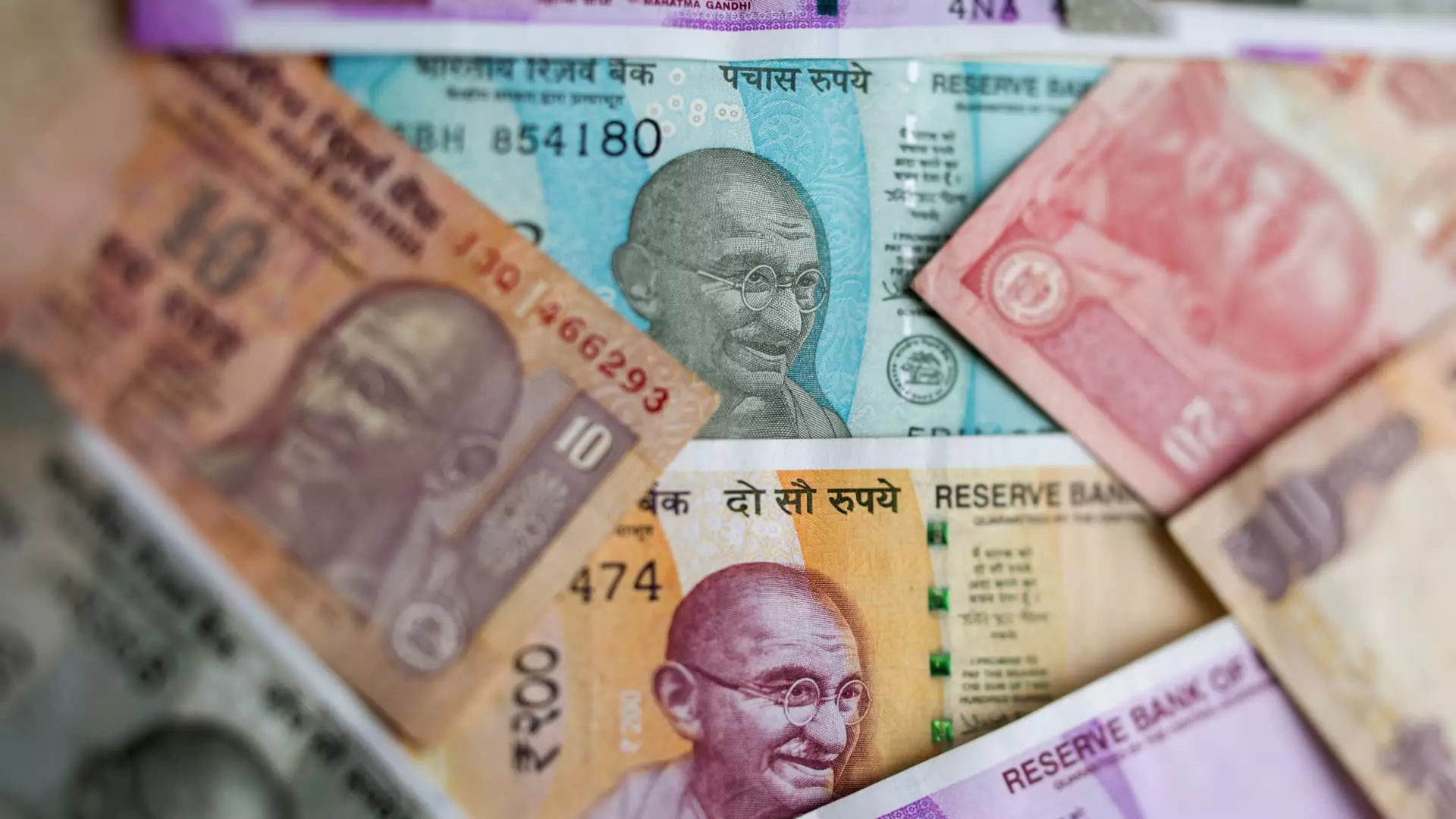The U.S. Federal Reserve’s decision to potentially cut interest rates later this year is expected to have a significant impact on global currencies, especially in Asia. While a rate cut may not bode well for the dollar, it could benefit some Asian currencies due to higher interest rates boosting a country’s currency value. This increase in value attracts foreign investment and drives up demand for the country’s currency, making it a favorable outcome for emerging markets.
Experts suggest that currencies like the Chinese yuan, the Korean won, and the Indian rupee could benefit from the Fed’s loosening monetary policy. Despite disappointing economic indicators, China’s efforts to stabilize the yuan against the dollar have limited pessimism. If the Fed indeed cuts rates by summer, it could alleviate some pressure off the Chinese yuan by narrowing the yield differentials between the U.S. and China, providing some relief.
The Indian rupee could also see positive momentum this year, with the potential for carry trades and the Reserve Bank of India’s cautious stance on monetary policy. Carry trades, where traders borrow low-yielding currencies to invest in high-yielding assets, could benefit the Indian currency as interest rate differentials widen. India’s fiscal policies, strong economy, and cautious approach to monetary policy suggest a slower rate cut pace compared to the Fed, potentially supporting the rupee’s strength.
The South Korean won has faced pressure in recent years but could see improvement in 2024 due to better economic prospects and the impact of a looser Fed policy. As a low-yielding and cyclical currency, the won is expected to benefit from the Fed’s easing cycle, potentially gaining between 3% to 10% depending on the depth of the rate cuts. South Korea’s economic outlook for 2024 and 2025 also appears positive, with higher growth projected by the International Monetary Fund.
The U.S. Federal Reserve’s decision to cut interest rates later this year could create opportunities for Asian currencies to strengthen and benefit from the changes in global monetary policy. While uncertainties remain, the outlook for currencies like the Chinese yuan, Indian rupee, and South Korean won appears optimistic in light of the potential impact of the Fed’s easing cycle.

Leave a Reply